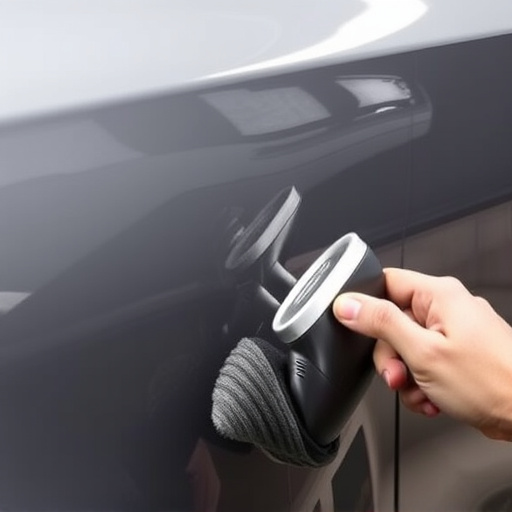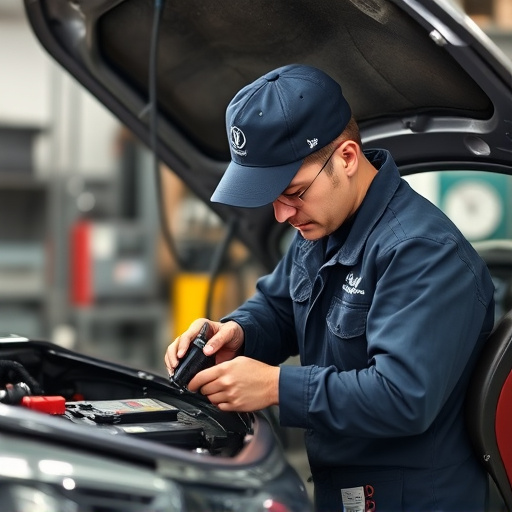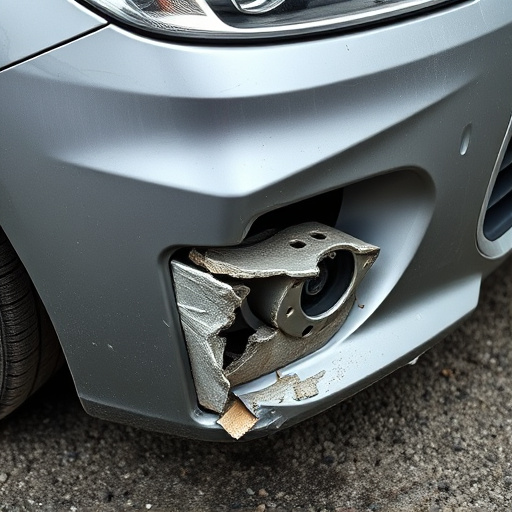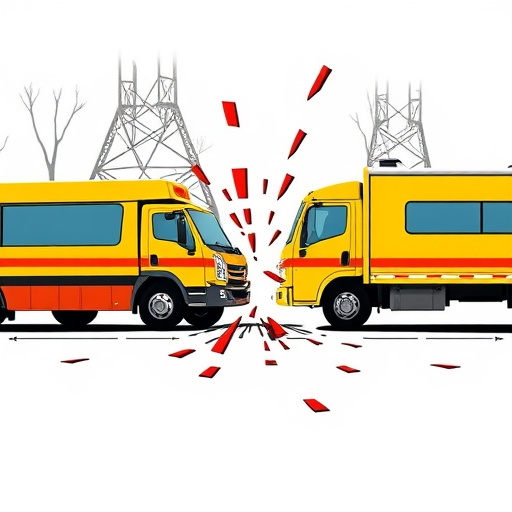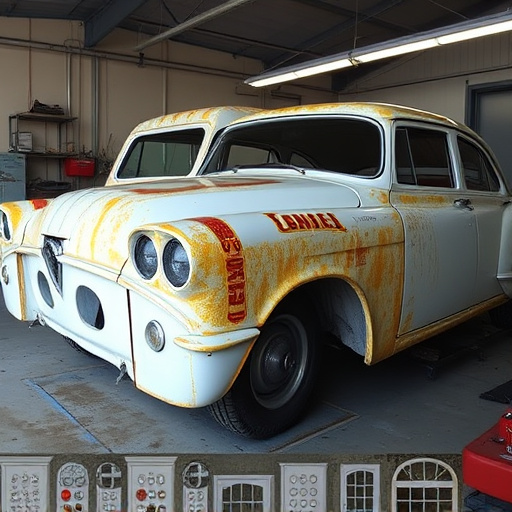A post-accident transmission inspection is crucial for interpreting diagnostic results and identifying potential issues. Mechanics assess the transmission system, drivetrain, and differential, using codes from onboard computers to guide repairs ranging from minor seal replacements to severe transmission overhauls, ensuring vehicle reliability after a crash.
After a vehicle crash, thorough transmission inspection is crucial for safe reinvention. This article guides you through essential steps post-accident, focusing on understanding diagnostic results. We demystify complex data and codes, helping you identify potential faults and select optimal repair strategies. By mastering these techniques, you’ll navigate the process confidently, ensuring your vehicle’s reliability and safety on the road again. Key topics covered include post-crash transmission inspection and decoding diagnostic insights for informed decisions.
- Post-Crash Transmission Inspection: Initial Steps
- Deciphering Diagnostic Codes and Data
- Identifying Faults and Repair Strategies
Post-Crash Transmission Inspection: Initial Steps
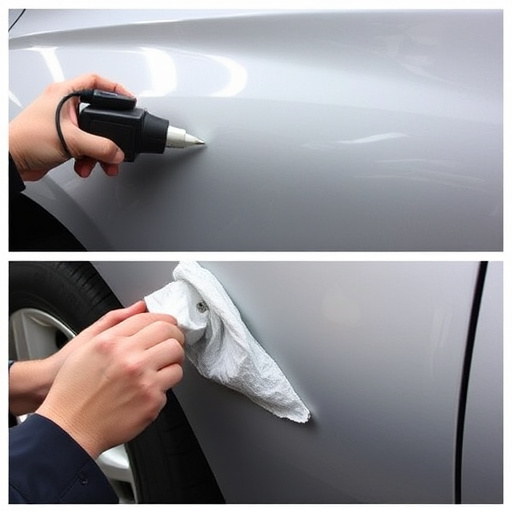
After a vehicle accident, the first step in understanding post-crash transmission diagnostic results is to conduct a thorough transmission inspection. This involves a meticulous review of the transmission system, including its components and any signs of damage or wear. Mechanics will carefully assess the condition of gears, fluid levels, and the overall integrity of the transmission. During this initial phase, it’s crucial to compare the findings with the vehicle’s pre-accident performance to identify any anomalies.
The inspection process also encompasses examining related systems such as the drivetrain, differential, and axels. While tire services, car paint repair, and vehicle dent repair might not directly relate to transmission diagnostics, ensuring these components are in good condition can provide additional insights into the accident’s impact on the vehicle overall.
Deciphering Diagnostic Codes and Data
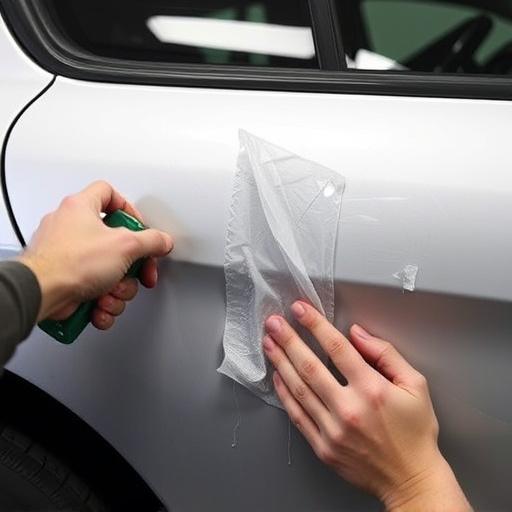
After a transmission inspection following an accident, understanding the diagnostic results is crucial for identifying and addressing potential issues. Diagnostic codes and data provide insights into the vehicle’s condition post-crash. These codes are generated by the car’s onboard computer when sensors detect abnormalities in the transmission system. Each code corresponds to a specific fault or symptom, offering a roadmap for technicians during repairs. By interpreting these codes, auto collision centers can pinpoint problems ranging from fluid leaks and hydraulic failures to mechanical wear and tear.
During a transmission inspection accident scenario, deciphering diagnostic data becomes an integral part of comprehensive car bodywork services. Technicians leverage this information to perform precise repairs, ensuring the vehicle returns to its optimal state. Moreover, understanding these codes is vital for qualifying auto glass replacement or other necessary services, as it provides a holistic view of the vehicle’s health and helps in making informed decisions regarding auto collision center operations.
Identifying Faults and Repair Strategies
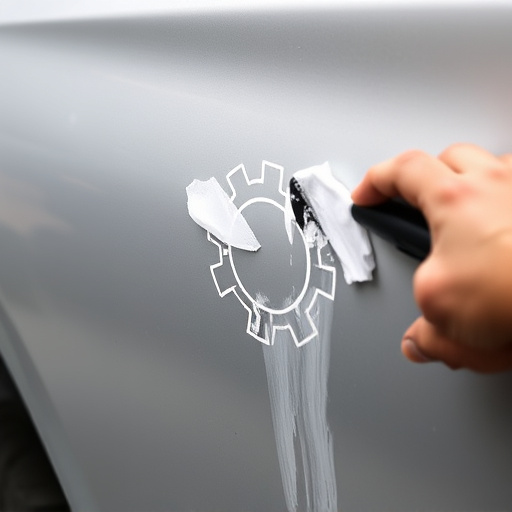
After a vehicle accident, a thorough transmission inspection is crucial to identify any faults and potential repair strategies. Experienced mechanics will carefully examine the transmission for signs of damage, including leaks, worn components, or internal issues. Using advanced diagnostic tools, they can pinpoint specific problems, ensuring an accurate assessment. This process involves meticulous checks of gears, bearings, and seals, as these are common areas where transmission issues originate.
Once faults are identified, auto body services and car repair shops offer a range of solutions. Minor repairs might include replacing worn fluid seals or fixing leaking lines. More severe cases may demand a complete transmission overhaul, especially if internal components are extensively damaged. Car scratch repair techniques are less relevant here, as the focus is on structural integrity and functionality. Effective communication between mechanics and owners is key to understanding the extent of damage and choosing the right repair strategies for a smooth and reliable transmission post-crash.
After navigating through post-crash transmission inspection, deciphering diagnostic codes, and identifying faults, it’s clear that a systematic approach is key. By understanding the data and employing effective repair strategies, mechanics can ensure accurate diagnostics and swift repairs. Transmission inspections following accidents are not just about fixing components; they’re about restoring safety and reliability to the road. With this guide, you’re better equipped to tackle these critical steps and get vehicles back on the road smoothly.

